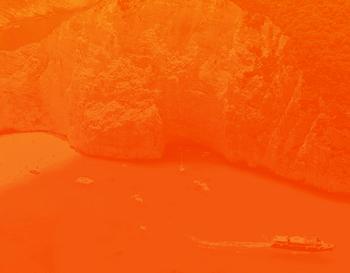Tarxien temples were discovered in 1914 by local farmers who struck large stone blocks while ploughing a field. Their discovery was reported to Sir Temistocles Zammit, Malta's first director of museums, who excavated the site in 1915-17. His pioneering work was to put an understanding of Maltese prehistory and its chronology on a solid scientific basis.
This unique group of temples, dating from 3150 to 2500 BC, are the most complex of all temples in Malta. They comprise four temple units linked by a square court. They were the last to be built on the Islands. Their skilful construction and the elaborate design and workmanship suggest that the temple builders had gained considerable expertise over the millennia since the first phase of megalithic construction. The temples are renowned for the detail of their carvings, which include stone idols, domestic animals carved in relief, and altars and screens decorated with spiral designs and other patterns. Of particular note is the chamber set into a thick wall, which is famous for its reliefs of two bulls and a sow.
The site seems to have been used extensively for rituals, which probably involved animal sacrifice. Tarxien is also of great interest because it offers an insight into how the temples were constructed: stone rollers left outside the south temple were probably used for transporting the megaliths. Remains of cremation have also been found here, which indicates that the site was reused by later Bronze Age settlers (2400-1500 BC).


Similar Topics
-
Hal Saflieni Hypogeum Paola Malta
Posted by Sliema2 in Malta and Gozo Discussion Forum
-
Hagar Qim & Mnajdra temples Malta
Posted by Sliema2 in Malta and Gozo Discussion Forum
-
Skorba & Ta Hagrat temples near Mgarr Malta
Posted by Sliema2 in Malta and Gozo Discussion Forum
-
OV Temples and Tavernas
Posted by Lady Scorpio in Cruises
- Siem Reap - what to do other than temples??.
